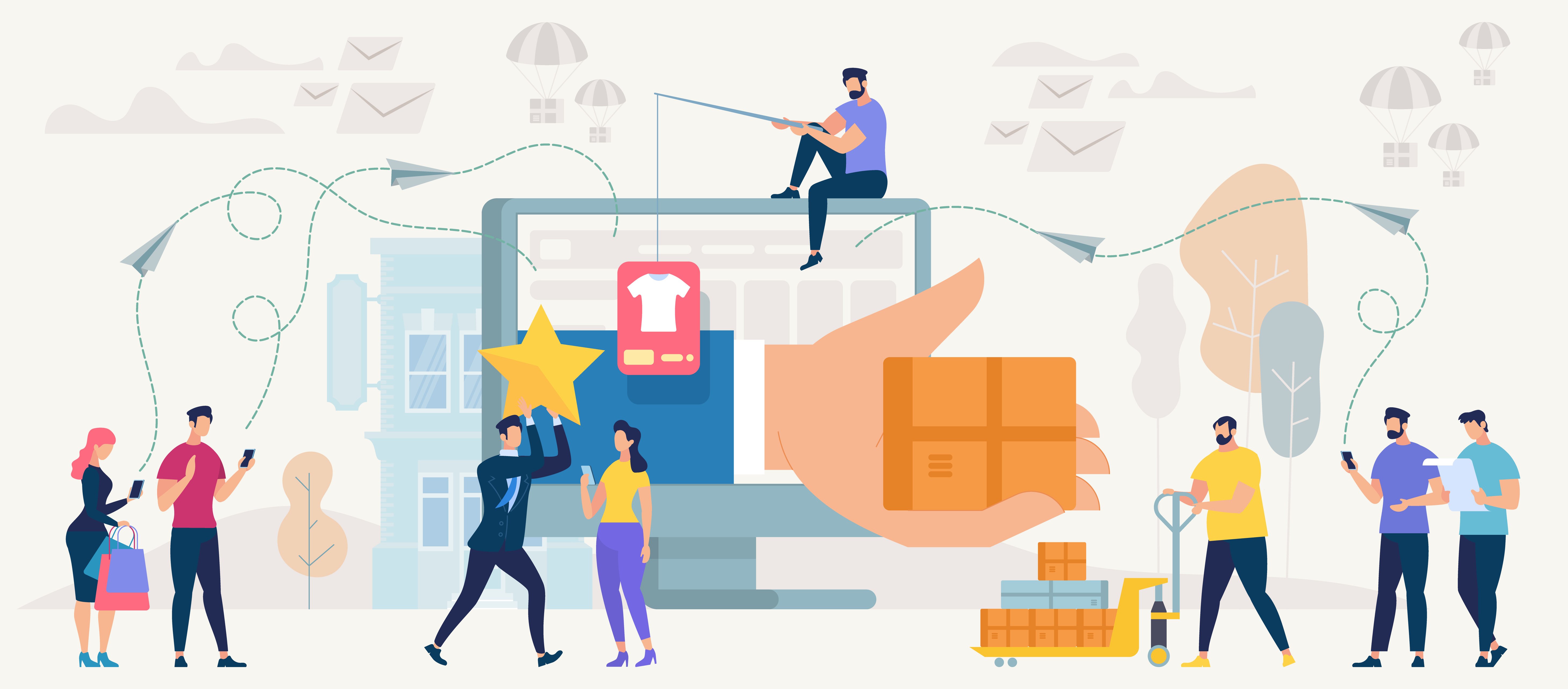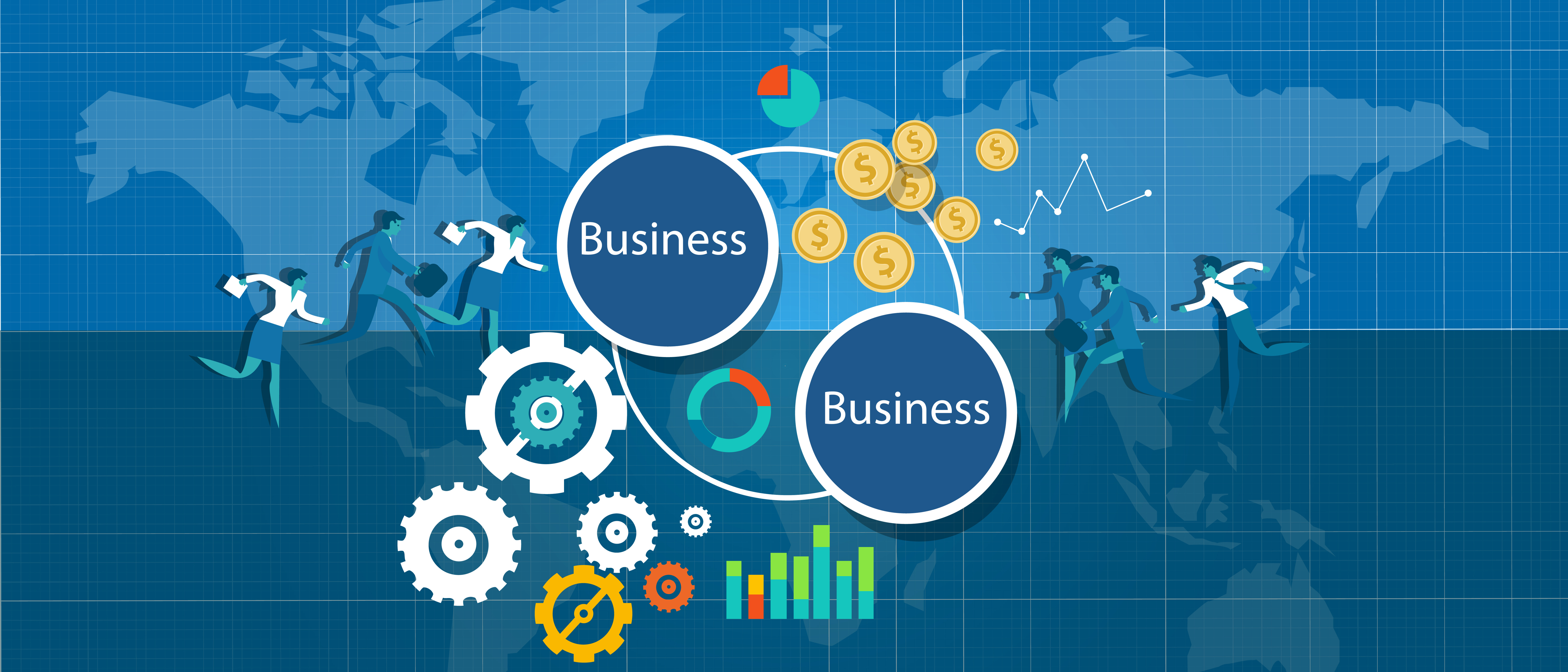In the world of business-to-business (B2B) transactions, financing plays a crucial role in supporting growth and ensuring smooth operations. B2B financing refers to the funding options available to businesses that work with other businesses, providing the capital necessary to cover expenses like inventory, equipment, and expansion efforts. Whether you're a startup or an established enterprise, securing the right financing is vital for maintaining cash flow and fueling growth.
In this blog post, we’ll explore the various types of B2B financing options available, including lines of credit, invoice factoring, and equipment loans, and help you determine which option best suits your business's unique needs. Additionally, we’ll look at how choosing the right financing strategy can not only boost your operational capacity but also enhance your relationships with suppliers and clients by ensuring timely payments and continued growth. Understanding these options is key to making informed financial decisions that drive long-term success.
B2B lending and funding
B2B lending and funding are both forms of B2B funding designed to give small businesses the working capital that they need to grow their business. An example of B2B lending would be invoice factoring. This is where a factoring company will pay the business 80 or 90 percent of the total outstanding amount on an invoice that the lender will collect payment on later.
Venture debt, on the other hand, is an example of B2B funding. It’s a debt-based financing that helps start-ups get on their feet. It’s a feasible alternative to equity investment for many businesses. Another example of B2B funding is structured equity products. These are bonds and fixed terms with a guaranteed return form of lending. Investors in a start-up will lend that start-up a certain amount of money for a set term, with the agreement that they will get a certain amount back after that term.
The fundamental difference between B2B lending and B2B funding
While both B2B lending and funding are premised on providing a cash injection for businesses in need of working capital, the fundamental difference between B2B lending and B2B funding is this: B2B lending is an interaction between two business, where one of the businesses lends the other what they need in exchange for something else—such as an invoice.
B2B funding, however, is a capital injection that comes from bank loans or credit card financing. Despite those differences, B2B funding and lending share the advantage of flexibility for the business. B2B lending and funding are both designed to be dynamic and more accessible than a bank. Traditional banks usually have an extended waiting period to process business loans, which makes B2B financing options attractive for business owners who need a cash infusion to keep the business moving forward.
BNPL (or buy now pay later): What is it?
BNPL is a form of short-term financing for both businesses and consumers to make purchases and pay them back later, interest-free. It’s become a popular way to online shop because it allows the purchaser to buy more without having to pay it all off upfront.
If businesses don’t have the cash but need supplies right away, BNPL services give a business the option to finance their payment over a select period. Banks have come to see BNPL as a threat to the credit card business, and as a result, they’ve resisted the idea of BNPL services. More recently though — and given the popularity of BNPL and its flexibility in terms of credit requirements – more banks have been considering implementing alternative financing and BNPL options for their clients. This means they can remain competitive when compared to other business loan options.
Okay, let's talk about B2B ecommerce
B2B ecommerce is a platform that does online transactions between businesses, often with automation solutions. A business might use a B2B ecommerce platform when they’re renewing an order for office supplies online. With ecommerce, the entire transaction can be done online, as opposed to phoning a representative of a supply company and spending valuable time placing the order manually. Naturally, using an ecommerce platform saves both businesses a lot of time. With incentives, it can also consistently increase average order size.
Ecommerce not only streamlines B2B transactions, but it also doesn’t restrict businesses in terms of where and who they can do business with. This is a great opportunity for businesses to grow their customer base and expand their reach.
What are the benefits of B2B ecommerce?
Because transactions are done digitally, a lot of overhead costs are eliminated, making ecommerce an attractive form of B2B transactions.
Efficiency and effectiveness are characteristics of B2B ecommerce transactions for everyone involved in the transaction because of its simplicity and speed. A well-known example of a B2B ecommerce program is Amazon Business. They operate similarly to ‘regular’ Amazon (a B2C system), but they offer bulk discounts and deals for businesses purchasing supplies for their business.
One thing B2B businesses may run into — either through traditional sales channels or ecommerce — is the requirement to offer net terms to their customers. Net terms are essentially BNPL, but the selling business is the one offering credit to their customers and terms that allow them to be paid in 30, 60, or 90 days.
For businesses facing cash flow challenges, this has been an issue in the past. But thanks to fintech advancements, this is no longer a problem. Companies like Resolve believe that businesses shouldn’t have to act like a bank when they’re not one. Resolve offers discrete customer credit checks, reliable recommendations on how much credit to extend to customers and what net terms to offer, and then pays businesses up to 90 percent of each approved invoice within a day.
Taking away the stress and challenges of what credit decisions to make and when to offer credit approval can remove a lot of stress from business-to-business transactions.
This allows businesses to confidently offer net terms to their ecommerce customers and other customers without facing cash flow challenges. Resolve provides each business with a branded payment portal where customers easily and conveniently access their accounts and complete payments. It can take the place of a financing solution for a small business or startups that may not qualify for things like lines of credit or other options.
B2B factoring and small business
B2B factoring is a common practice for many small businesses. Often businesses will use B2B factoring to sell their accounts receivable to a factoring company in exchange for quick cash flow. Factoring isn’t a loan (alternative lending), and it also isn't a debt. It’s a business selling an asset to another business for mutual gain.
Businesses usually factor their invoices with a factoring company for about 80 to 90 percent of the total owed value of the invoice. That large majority is sent to the business within a few days, which can use that cash infusion to promote business expansion, as cash flow often equates to opportunity for small businesses.
Factoring is accessible for anyone, regardless of their credit history. Businesses who don’t have a flawless credit record can still use factoring because it’s an exchange between two businesses, rather than a traditional business loan. It’s the credit record of their customer that determines approval (amongst other criteria). That’s why factoring is an option for small businesses who want a quick cash infusion and who want an easier, more accessible, and quicker solution than applying for a loan.
Back to business grants and options
We’d be remiss if we didn’t mention alternative funding options that have come since the 2020 global pandemic. States like Illinois and the Illinois Department of Commerce are offered small business recovery grants, business interruption grants (BIG), restaurant revitalization funds, and shuttered venue operators grants for small businesses and those in disproportionately impacted areas (DIA). There are maps available on their website to see if you qualify.
There may be other names for what’s offered in your area, so it’s well worth it to do some online searches or use a community navigator and find out the eligibility guidelines/eligibility requirements. The Small Business Administration may also be a source of information for grants and funding options. Many states have streamlined their application process through online application portals for their pandemic B2B grant programs. There may also be an Economic Injury Disaster Loan that’s appropriate for your business.
Many local and state governments have set up answers to frequently asked questions and webinars that offer valuable information, too.
Credit cards, webinars, and new ways of doing business
In recent years, using a credit card to complete a B2B transaction has become more and more commonplace. Especially in the last year, when businesses were engaging with each other in all sorts of new ways from offering virtual technical assistance to webinars, and sharing services in real-time.
Using a credit card for B2B transactions helps businesses build their credit history, which opens doors for them as their business grows. There are two ways that credit cards can be processed with B2B transactions.
The most common use for a credit card is known as a level 1 transaction, which is done primarily B2C (business to consumer). Levels 2 and 3, however, are tailor-made for B2B businesses. Level 2 has more data available to analyze the benefits to the business. Businesses who use a level 2 credit card might be corporate, government, or industrial suppliers who have access to more data than a level 1 user.
Using a level 2 credit card makes it easier to monitor their spending. A level 3 credit card is most often used by businesses that deal with government agencies and large corporations. Because of all the extra information required for the consumer, a level 3 credit card minimizes the risk of fraud and the advantage of lower processing rates.
Business credit card providers
Some of the benefits of using a B2B credit card with a known provider include the elimination of payment delays that can be detrimental to businesses, and they help businesses build up their business credit.
Global business transactions often travel through multiple banks before reaching their destination, which undoubtedly results in unexpected costs and additional fees. B2B credit card providers understand the value of a seamless transaction without drastic delays or additional fees. The two most used B2B credit card providers are Visa and Mastercard. They may also allow businesses to accept B2B payments from their business customers.
First, Visa’s B2B Connect allows businesses to do bank-to-bank transactions without being confined by international borders. Visa works to avoid uncertainty with global transactions by creating relationships with major banks across the globe. This ensures they’re recognized and easily accessible to avoid delays for the credit card users.
Mastercard’s Track Instant Pay, much like Visa, accelerates payments to make more working capital available in the business. Accelerating payments is the main attraction for Mastercard, as they believe that accelerating payments improve business relationships and promotes growth. They also provide remittance information with each transaction to simplify reconciliation.
Both Visa and Mastercard have a competitive advantage and provide an asset to their customers, especially smaller businesses, or start-ups whose cash flow is yet to be consistent and reliable.
To find out more about how B2B financing options can help your business, contact us today.







